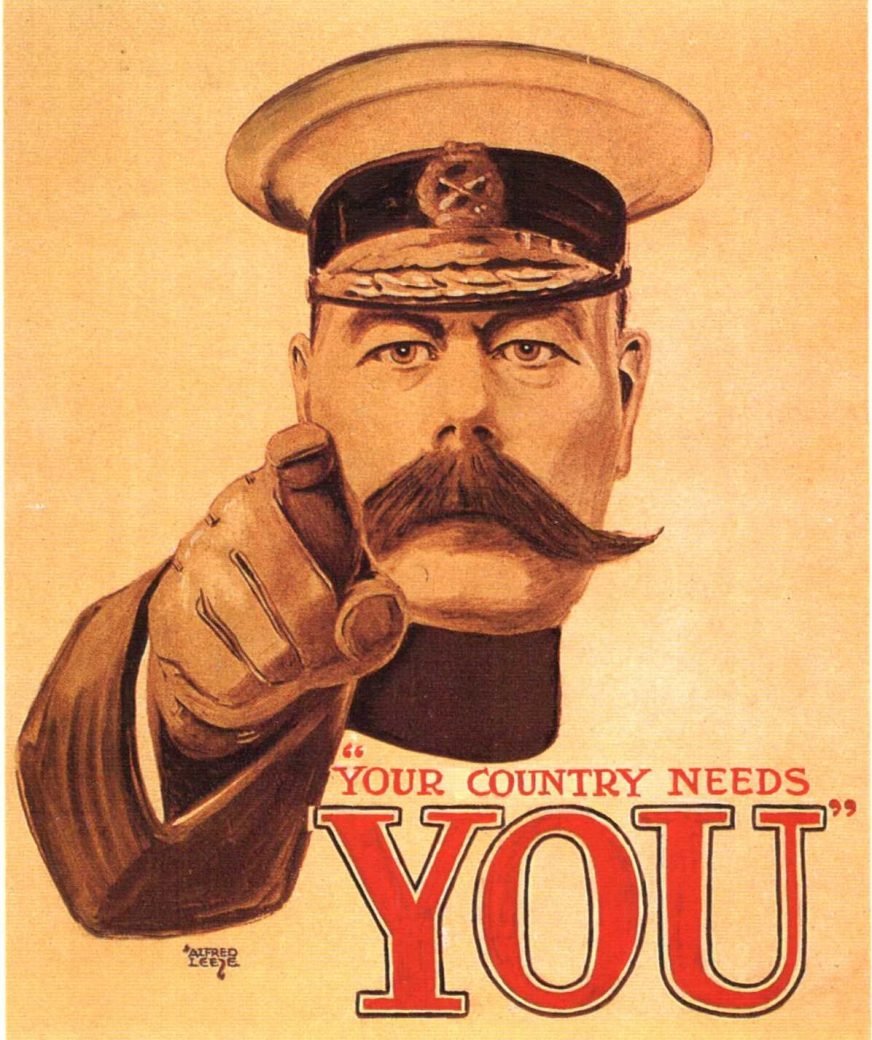I’m Back: Let’s Learn About WWI
The demands of writing a dissertation have kept me from publishing over the last several months. The good news is that my dissertation is done, and I finally have time to live my life again! The next phase of this newsletter focuses on World War I, with an even narrower focus on 1914. When World War I officially kicked off in August 1914, the world was sent on a crash course toward the inevitable era of horrifying destruction. Years of imperial rivalries and rampant armament brought about the death of the system that set the war in motion. Four years later, the slate of empires and kingdoms that followed hubris toward mass destruction were erased from the world.
You!…..Should sign up for my Substack here
1914 is such a fascinating moment in the history of World War I. The strategy European militaries planned over the previous decades was deemed useless in the war's opening months. What was supposed to be a quick, grand war turned into a slog where ensuing years were spent taking and losing mere miles of ground. While World War I was almost synonymous with the stalemate of trench warfare on the Western Front, a larger war was ongoing. The dying Austro-Hungarian Empire and their German allies fought several devastating battles in the east. In fact, by the end of the war’s first month, the entire Russian Second Army was annihilated at the Battle of Tannenberg between August 23 and 30.
This series of newsletters and articles aims to trace the beginning of World War I, from the very first battle to the Winter of 1914. The goal is to cover the first year of the war entirely, and if reception dictates, then 1915 will likely come next. This focus on 1914 aims to focus on significant campaigns on land and sea along with political and diplomatic schemes of the war’s first few months.
One quick note: I do not intend to get into the origins of World War I. Though I may allude to them, there is little desire to delve into this area of historiography. The origins of the conflict have been covered so extensively that they could fill a whole series of newsletters. The debate over the war’s origins has filled libraries, with every possible nation receiving its share of the finger-pointing.
So, check back tomorrow for the first installment of this. Sign up for the Substack here if you want it mailed directly to your inbox.

